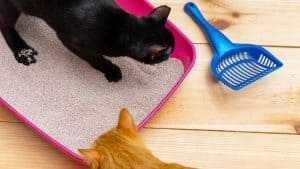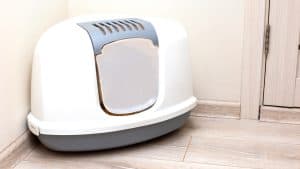Caring for our feline friends involves decisions that may seem small but can have a big impact on their daily lives, like choosing litter box liners.
The world of cat ownership brims with choices, from toys to treats and, yes, even the layers that line their private corners.
But do these liners truly make a difference, or are they just another accessory in the vast pet market?
As you cozy up with your curious cat and ponder these questions, you're not alone. Many cat owners grapple with the liner dilemma.
So, let's shed some light on this topic and help you make an informed decision for your whiskered companion.
What are Litter Box Liners?
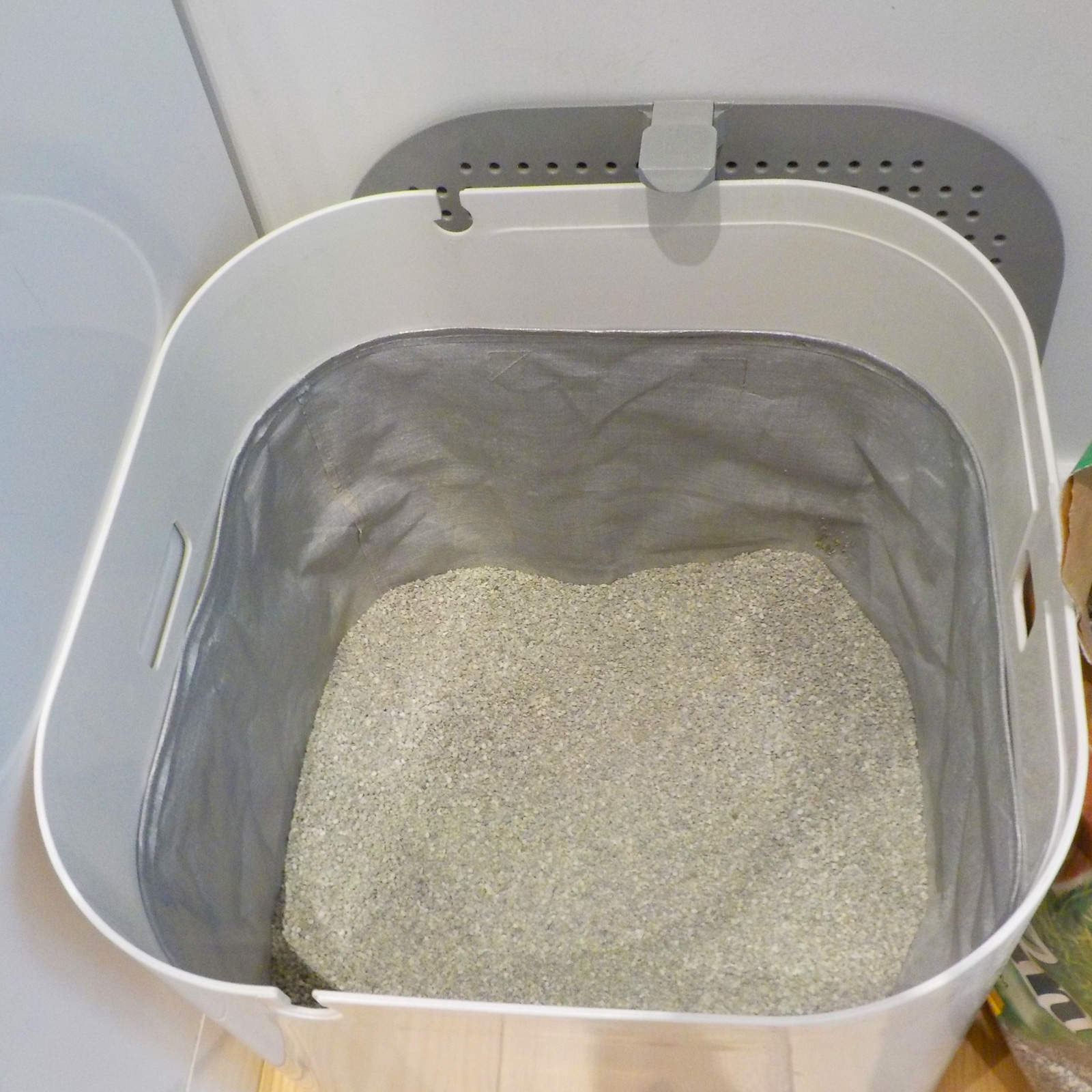
Before we delve into the nitty-gritty, we must clarify what we mean by a "litter box liner."
Simply put, a liner is a protective layer, often made of plastic or disposable material, that sits between the litter box and the cat litter.
Its primary purpose is to make the cleaning process easier and to protect the box from moisture and clinging litter.
Benefits of Using Litter Box Liners
Using liners in your cat's litter box can offer several advantages, not just for you but also for your feline friend.
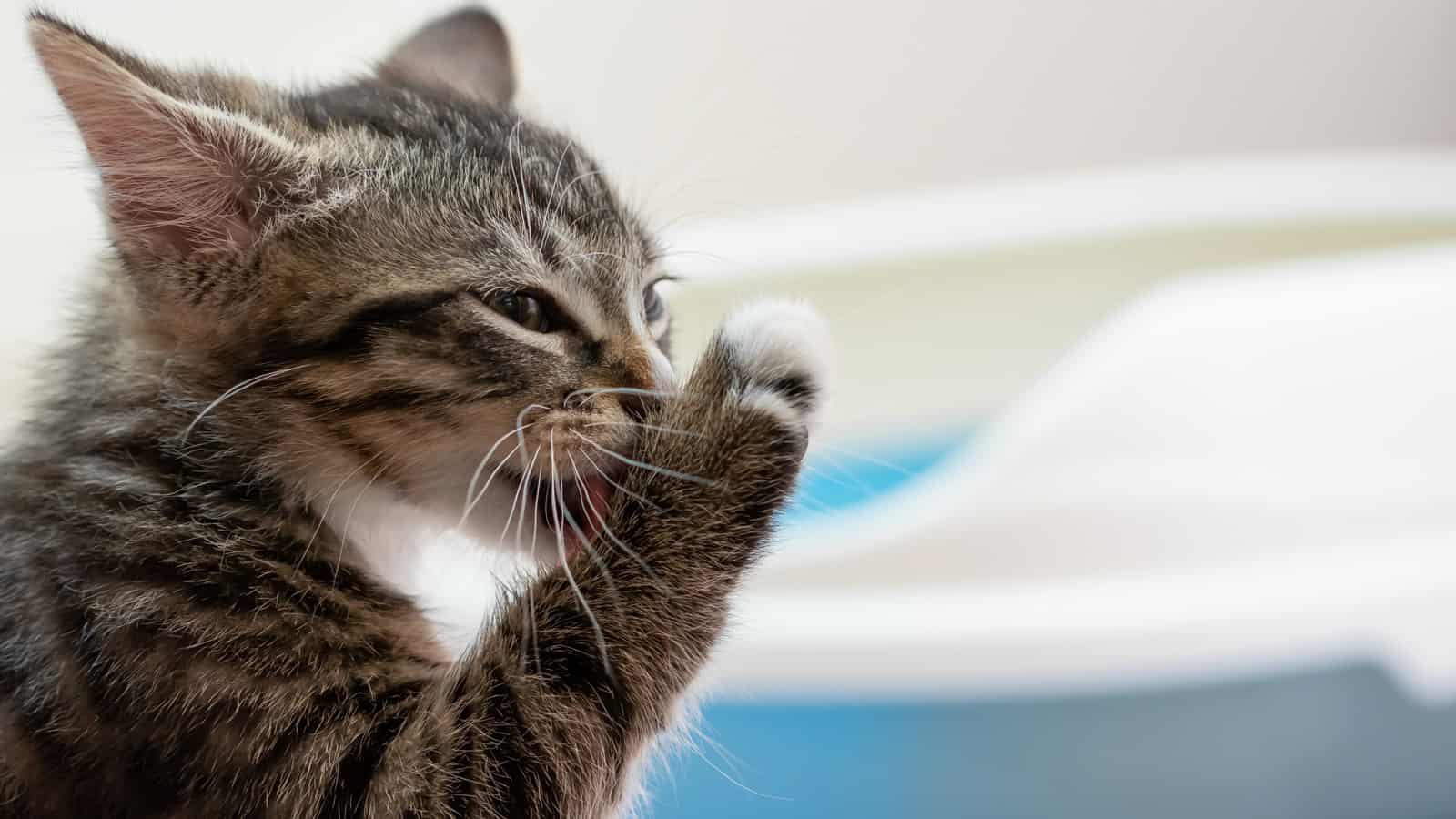
Let's explore some key benefits, from simplifying maintenance tasks and ensuring a cleaner environment.
1. Easier Cleanup
One of the primary benefits of using a liner is that it can make cleaning the litter box a breeze.
Instead of scraping off stuck litter or waste, you can often lift the liner, dispose of the litter, and replace it with a new one.
This can be especially beneficial if you use a clumping litter, which can sometimes adhere to the bottom of an unlined box.
2. Protects the Litter Box
Liners can act as a protective barrier, preventing moisture, urine, and waste from seeping into any scratches or imperfections in the box.
This not only helps prolong the life of the litter box but also prevents any lingering odors from waste trapped in those scratches.
3. Reduces Odors
As mentioned, liners can help minimize the risk of trapped waste and lingering odors.
This can be a lifesaver, especially if the litter box is in a common area of your home.
Drawbacks of Using Litter Box Liners
While there are clear advantages to using litter box liners, it's equally essential to consider the potential downsides.
Just as there are two sides to every coin, liners come with their own challenges.
1. Some Cats Dislike Them
Every cat has its own personality and set of preferences.
Some felines might not appreciate the unfamiliar feel of a liner beneath their paws. This can lead them to scratch or tear at the liner to remove the perceived obstacle.
If this behavior is consistent, a liner might end up causing more mess and stress than it prevents.
2. Additional Expense
While individual liners might not seem overly expensive, the costs can accumulate over time.
If you're replacing them frequently, you might find that this added expense starts to pinch your wallet.
It's essential to consider this ongoing cost when budgeting for pet care. For a year, liner costs could equal or surpass the price of a new litter box.
3. Potential Environmental Concerns
The environmental footprint of disposable liners is a concern for eco-conscious pet owners.
With frequent changes, these liners can contribute significantly to landfill waste. If sustainability is your priority, this factor can't be overlooked.
Some biodegradable liner options are on the market, but they might be pricier or less effective than their non-biodegradable counterparts.
So, Do You Really Need a Liner?
The answer isn't a straightforward "yes" or "no." It depends on your personal preferences, cat preferences, and priorities.
- If easy cleanup is your primary concern: A liner might be a good choice.
- If your cat shows signs of displeasure with a liner: It might be best to skip it.
- If environmental concerns weigh heavily on you: Consider biodegradable liners or other eco-friendly alternatives.
Tips for Using Liners
If you decide to give liners a shot, here are a few tips to make the experience smoother:
1. Opt for High-Quality Liners
Investing in high-quality liners can make a difference in the long run.
Premium liners are designed with durability in mind, meaning they are less likely to tear, even with an active cat.
Moreover, they typically offer superior protection against moisture and waste, ensuring your litter box remains in good condition for longer.
2. Secure the Liner
A loose liner can become a plaything or an annoyance for your cat.
Some liners have features like elastic bands or adhesive edges to keep them firmly in place.
By securing the liner properly, you ensure it performs its protective role and reduce the chances of your cat trying to dislodge, scratch, or move it.
3. Monitor Your Cat's Behavior
Cats have a way of letting us know when they're displeased.
If, after introducing a liner, you notice your cat seems hesitant to use the litter box or appears stressed, it might be due to the liner.
Always prioritize your pet's comfort and well-being; if the liner seems to be the problem, removing it and considering alternative solutions is advisable.
Final Thoughts on Litter Box Liners
Litter box liners can be a helpful tool for many cat owners, but they're not a one-size-fits-all solution.
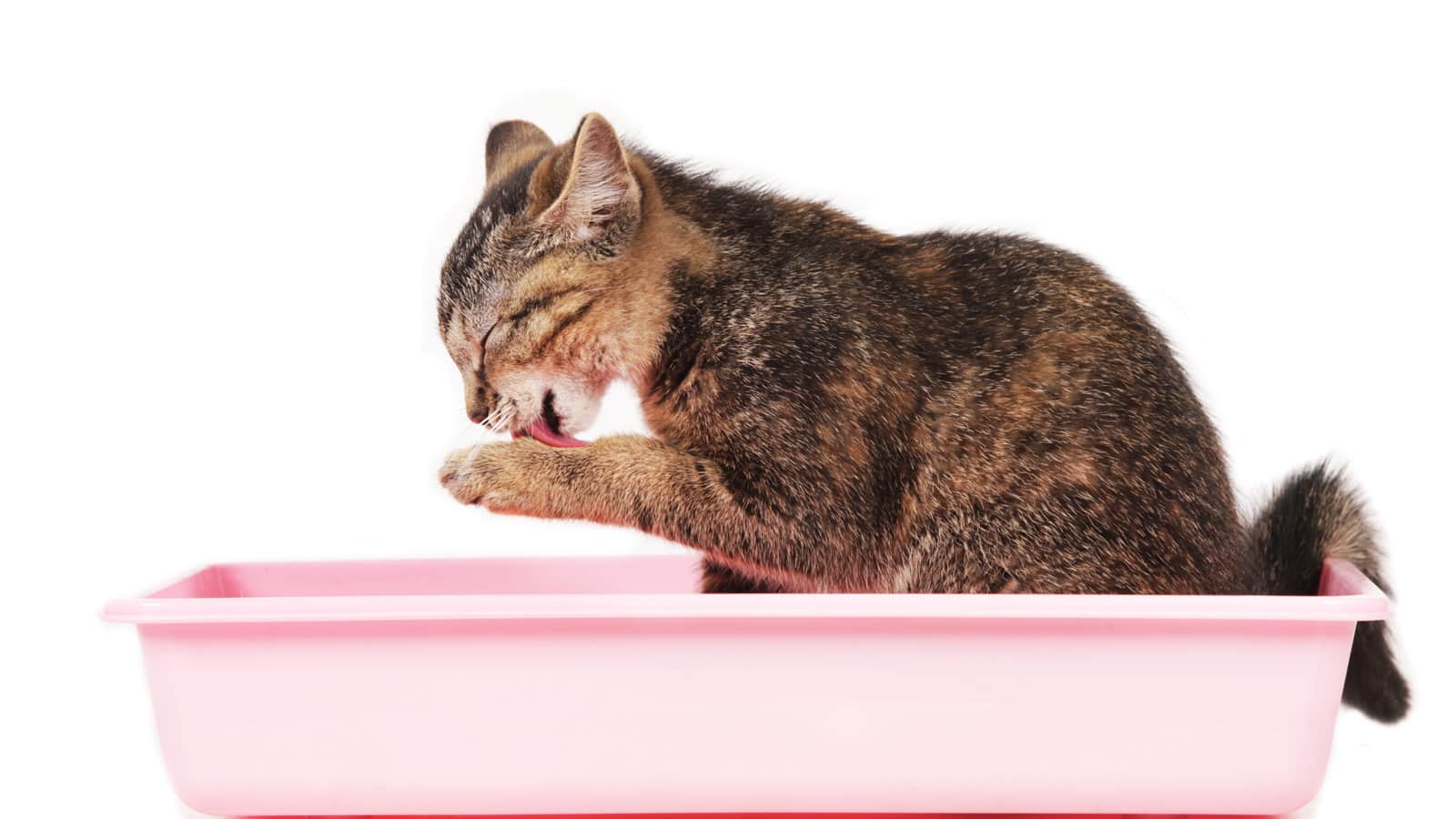
By considering the benefits and drawbacks and paying attention to your cat's preferences, you can make an informed decision that works best for both you and your feline friend.
Remember, the comfort and happiness of your cat should always come first. Happy scooping!
For valuable insights and more, see the topics below:
How Often Should You Buy a New Litter Box?
Cat Litter Area Ideas [10 Ways To Make Your Cats’ Space Their Own]


